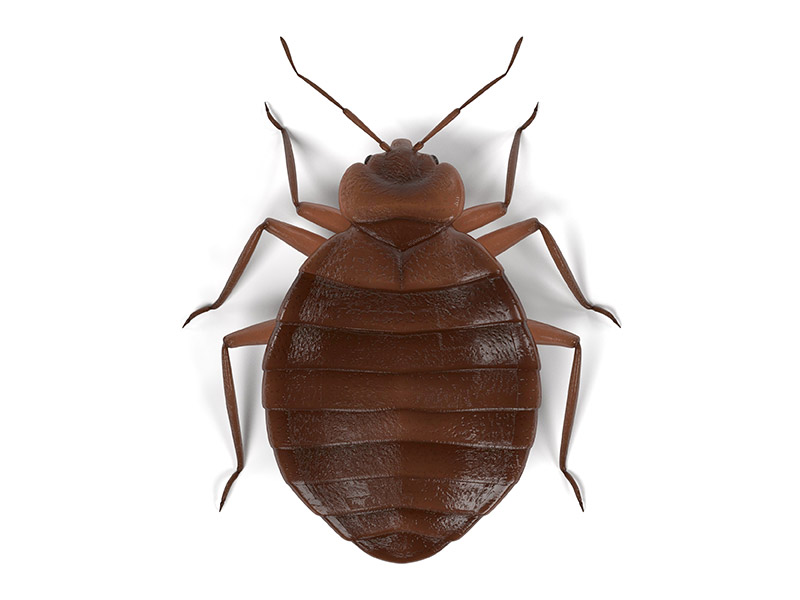Defend your home safe with Pest Control and avoid future infestations.
Eco-Friendly Insect Control Approaches for Handling Wild Animals in Urban Areas
Urban locations typically find themselves at the crossway of human activity and wildlife, leading to distinct difficulties in insect management. These strategies not just shield the atmosphere however also enhance community engagement in wildlife monitoring. As city populations continue to expand, recognizing the dynamics of wildlife communications becomes increasingly essential.
Comprehending Urban Wildlife Characteristics
Comprehending Urban Wildlife Characteristics is necessary for establishing effective and environmentally friendly pest control methods. Urban areas are increasingly coming to be habitats for numerous wildlife varieties, driven by aspects such as habitat fragmentation, food schedule, and human encroachment. Identifying these dynamics enables a nuanced strategy to pest management that straightens with environmental concepts.
Urban wild animals frequently consists of types such as raccoons, squirrels, and birds, which adjust to city atmospheres, locating niches in green areas, parks, and also houses. Their existence can bring about problems with humans, specifically when they exploit human sources for food and shelter. Comprehending the actions and eco-friendly functions of these species educates strategies that lessen adverse interactions while advertising biodiversity.
Furthermore, acknowledging the interdependencies within city communities assists in recognizing critical locations for environment conservation and restoration. This understanding adds to the growth of integrated parasite management (IPM) techniques that think about the environmental equilibrium, therefore reducing reliance on dangerous chemicals. By cultivating conjunction between people and metropolitan wild animals, cities can develop much healthier environments that benefit both residents and local ecosystems, leading the way for sustainable urban living.
Natural Repellents and Deterrents
Natural repellents and deterrents offer a lasting option to traditional bug control approaches by taking advantage of the power of nature to keep undesirable species away. These eco-friendly services normally utilize plant-based components, necessary oils, and various other naturally occurring substances that deter insects without damaging the setting.
One efficient natural repellent is peppermint oil, which is known to repel rats and pests. Its solid fragrance is unpleasant to many parasites, making it a preferred option for urban settings. Similarly, vinegar and citrus peels can offer as deterrents, as their strong odors are typically uninviting to different wildlife.
Additionally, diatomaceous planet is a natural powder that can be spread in locations prone to pest activity, successfully drying out and discouraging insects without posturing dangers to non-target varieties. Garlic sprays and neem oil are identified for their capability to drive away a large array of parasites, including both insects and larger wild animals.
Carrying out these natural repellents not only reduces dependence on chemical pesticides but likewise advertises a much healthier city environment, cultivating a much more well balanced conjunction in between human beings and wildlife. By using these approaches, metropolitan areas can effectively handle pest populations while decreasing environmental influence.
Environment Adjustment Techniques
Reliable environment alteration methods play a crucial role in sustainable insect management by altering the atmosphere to make it less favorable to pest problems. By understanding the ecological dynamics of city locations, homeowner can execute tactical adjustments that deter bugs while promoting biodiversity.
(Ant Control)One main technique entails maintaining correct hygiene. This consists of regular waste removal, securing trash can, and getting rid of standing water to decrease reproducing websites for pests and rodents. In addition, landscaping methods such as selecting indigenous plants can improve environmental balance, offering habitats for helpful microorganisms while minimizing resources for bugs.
Another important approach is to secure access points in buildings. Inspecting and fixing splits in structures, walls, and home windows can substantially decrease pest gain access to. Producing physical barriers, such as fences or plant barriers, can prevent wild animals activity into human-inhabited areas.
Integrated Bug Administration Practices
Structure upon environment adjustment techniques, integrated parasite monitoring (IPM) methods offer a holistic method to controlling bug populations while lessening ecological effect. IPM integrates various strategies, consisting of biological, cultural, mechanical, and chemical controls, to attain effective bug administration.
Biological control involves the introduction of all-natural predators or parasites to minimize parasite populations. Social methods, such as plant rotation and hygiene, interrupt pest life process and lessen their environments - Pest control service. Mechanical controls, like catches and barriers, provide immediate relief from pest pressures without chemical treatment
Chemical controls are utilized as a last hotel, concentrating on targeted applications that restrict harm to non-target types and the setting. The choice of ecologically friendly chemicals, when required, is important to the IPM structure. Furthermore, checking pest populations and evaluating possible damages assists notify decision-making, making certain that interventions are prompt and efficient.
Area Involvement and Education And Learning

(Exclusion Pest Control)Workshops and informative sessions can furnish homeowners with knowledge about indigenous varieties, habitat preservation, and effective safe parasite management strategies. Cooperation with institutions, local organizations, and federal government companies better boosts educational outreach, making certain that crucial information gets to varied audiences.
Additionally, community-led campaigns, such as neighborhood clean-up days and habitat restoration projects, not only advertise biodiversity however additionally strengthen community connections. Pest control service. By encouraging locals to share their experiences and observations, areas can establish targeted methods that address particular regional insect concerns
Incorporating responses from homeowners into insect management intends makes it possible for a much more receptive and flexible approach to wildlife obstacles. Inevitably, educated and engaged areas are essential to accomplishing long-lasting success in green pest control, bring about healthier metropolitan environments that respect both human and environmental demands.

Final Thought
In conclusion, eco-friendly pest control approaches offer sustainable remedies for managing metropolitan wild animals. By prioritizing habitat modification, using all-natural repellents, and carrying out integrated parasite administration methods, neighborhoods can foster a harmonious conjunction with regional fauna.